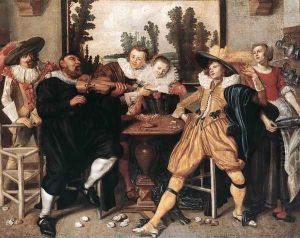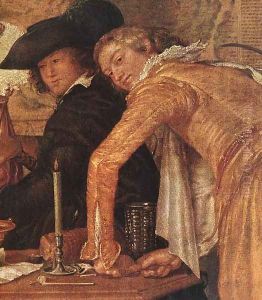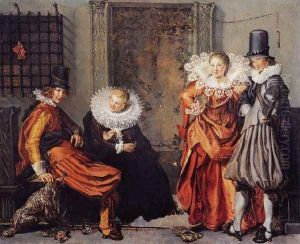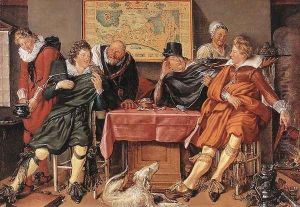Willem Buytewech Paintings
Willem Pieterszoon Buytewech, known for his pioneering role in the development of the Dutch genre of merry company scenes, was an influential Dutch Golden Age painter and etcher. Born in Rotterdam in the Netherlands, his exact birth year is not definitively known, but it is believed to be around 1591/1592. He was sometimes referred to as 'Geestige Willem' (Witty Willem) because of the lively and innovative spirit he brought to his work.
Buytewech's early training is not well-documented, but it is known that he was active in Haarlem by 1612, where he became a member of the Haarlem Guild of Saint Luke. His style was heavily influenced by the Haarlem Mannerists, a group of artists known for their highly detailed and exaggerated figures and compositions. Buytewech’s works, however, stood out for their incorporation of everyday life and his keen observation of social interactions.
He is best known for his merry company scenes, which depicted groups of elegantly dressed young people engaging in music, dance, and conversation. These genre scenes were not just casual representations of life but were often imbued with moralistic and satirical undertones. Buytewech also worked on landscapes, religious subjects, and was among the first artists to explore the then-novel genre of landscape prints.
In addition to his visual arts career, Buytewech worked as a draftsman and was involved in the decoration of festivities for the visit of Prince Maurits to Haarlem in 1610 and the Peace of Münster celebrations in 1618. His etchings and drawings demonstrate a mastery of line and have been praised for their dynamic compositions and clarity.
Tragically, Buytewech's life was cut short when he died in Rotterdam in 1624, at the young age of approximately 32. Despite his brief career, his impact on Dutch genre painting was significant, and he left behind a legacy that would influence later artists such as Jan Steen and other painters of merry company scenes. Today, his works are held in high regard and can be found in various museum collections around the world.
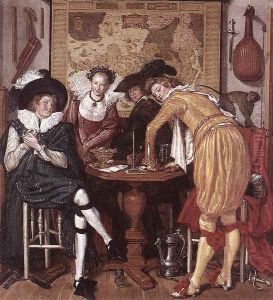
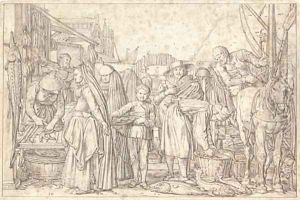
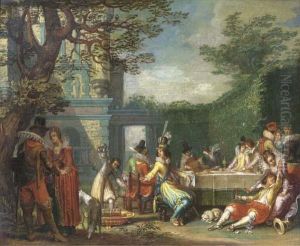
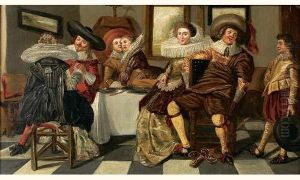
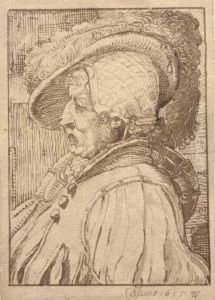
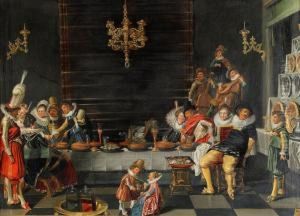
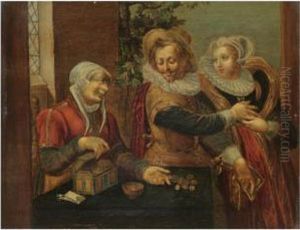
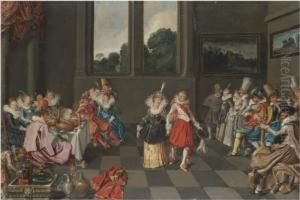
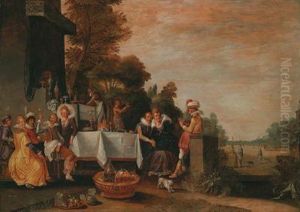
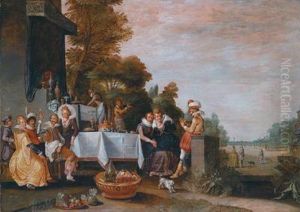
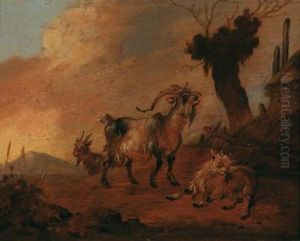
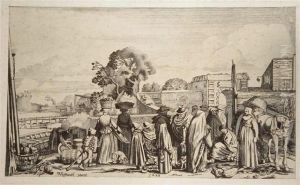
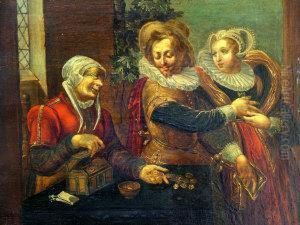
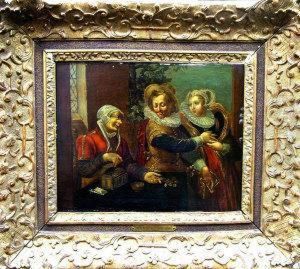
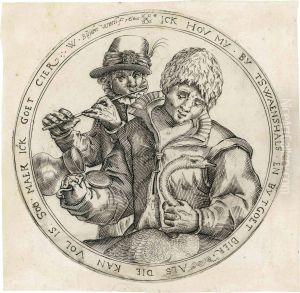
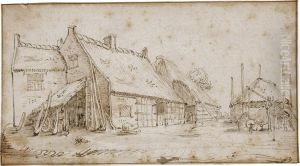
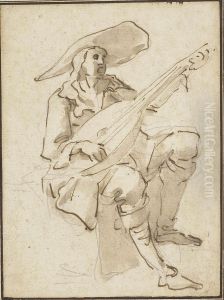
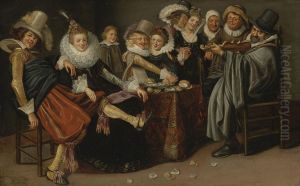
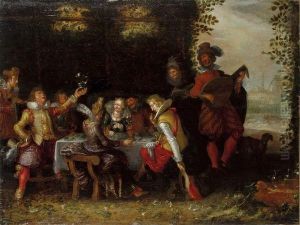
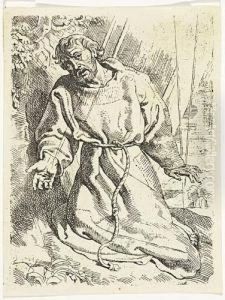
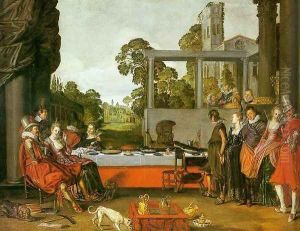
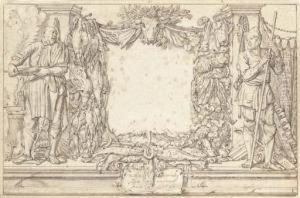
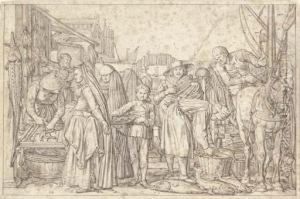
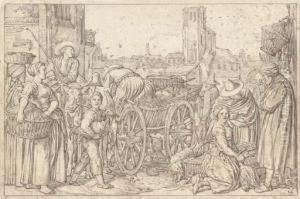
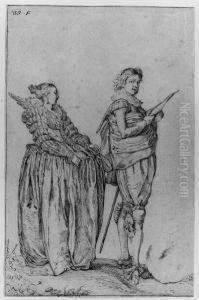
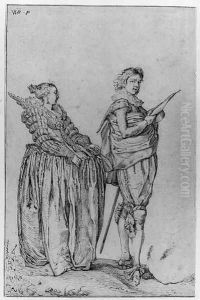
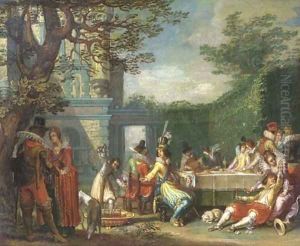
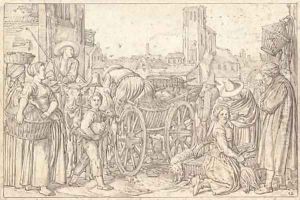
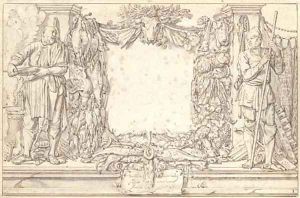
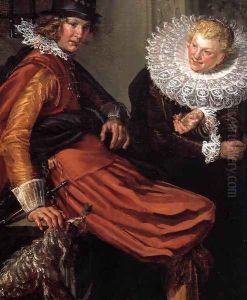
![Elegant Courting Couples [detail #1]](https://www.niceartgallery.com/imgs/114910/s/willem-buytewech-elegant-courting-couples-detail-1-213d421a.jpg)
